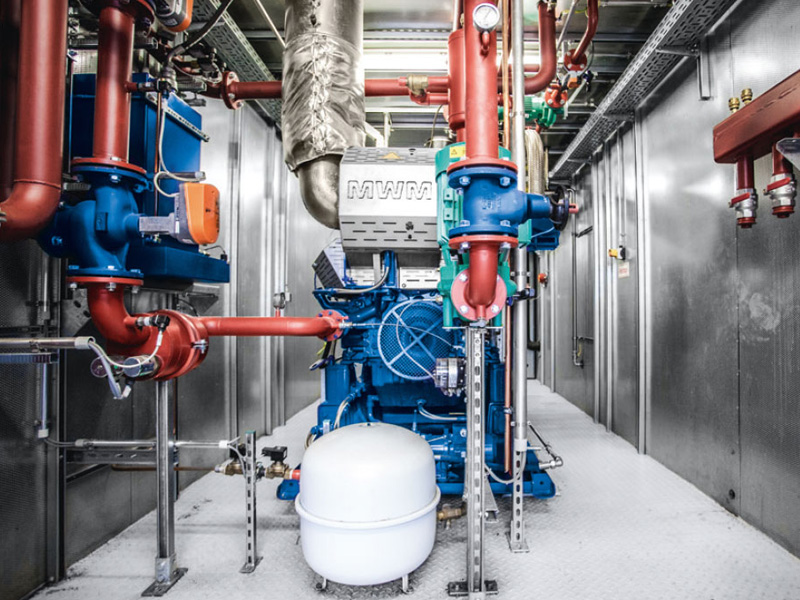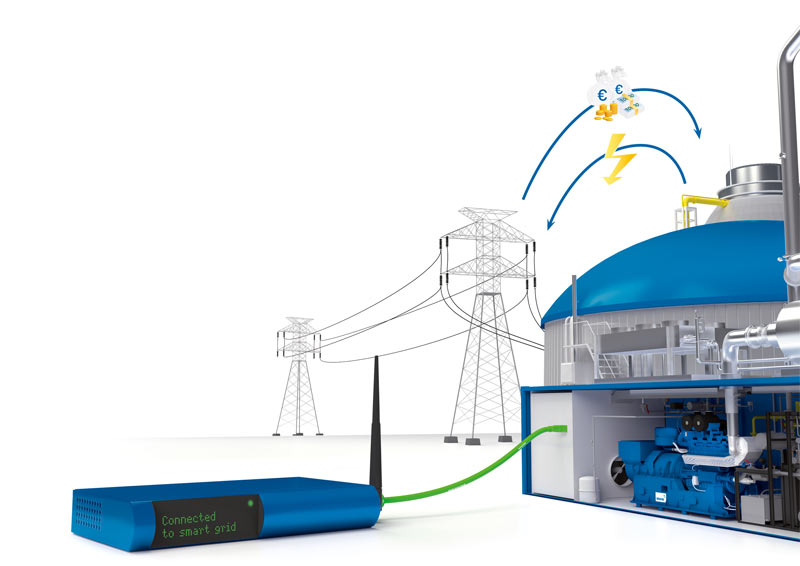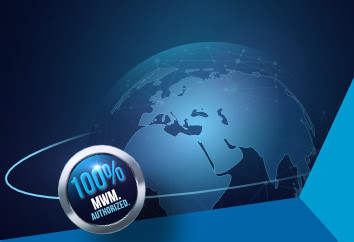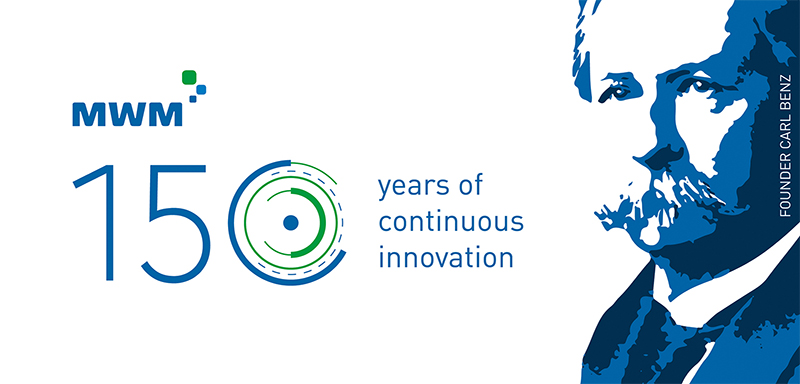Boosting earnings and profitability with balancing energy
Mannheim, January 27, 2015
Balancing energy is a market with a future. By providing flexible output capacities, power plant operators can generate additional revenues for their companies. The MWM TCG 2016, TCG 2020 and TCG 2032 gas engines are suitable for the generation of balancing energy. Through continuous development at MWM and adaptations in the controller software, the flexible mode of operation has been steadily expanded to ensure our gensets meet changing requirements. This can be achieved in two different modes of operation: on the one hand, providing balancing energy in the partial-load range, and on the other hand, cold-starting or ramping down while using the full genset output. To ensure optimum cost effectiveness during operation of the plant, both modes of operation can also be combined. Operation in partial-load range, the preferential method these days, is recommended as this mode of operation means considerably less wear than in start-and-stop mode.
However, the marketing platforms for balancing energy require a flexible CHP plant operation. This creates new requirements, e.g. extremely short and defined ramp-up and ramp-down times, as well as the capability of steep load ramps. Contrary to these requirements, gas engines in the upper output range are typically designed for stationary operation and are of limited suitability for dynamic deployment due to their inertia.
 Both secondary and tertiary reserve power can be generated by the MWM TCG 2016 and TCG 2020 gas engines.
Both secondary and tertiary reserve power can be generated by the MWM TCG 2016 and TCG 2020 gas engines.
When operating the system in partial-load range, MWM gensets can generate all types of operating reserve. Cold-starting the system for balancing energy operation is only useful and possible without technical modifications if:
• max. four starts occur per day (or max. 1,000 starts per year)
• the minimum running time of a genset after start-up is two hours
Despite declining or expiring subsidies granted by the German Renewable Energy Sources Act, the provision of balancing energy can make operations economically attractive or even yield significant additional revenues. The gensets fulfill the relevant technical requirements and the practical criteria of third-party providers for pooling (marketing via a virtual power plant).
Network providers remunerate both positive and negative balancing energy
A plant operator can help the network operator by either taking excess electricity off the grid, i.e. negative balancing energy, or providing the grid with more electricity, i.e. positive balancing energy. This service is remunerated by network operators at conditions that generally exceed compensation for their own process-related overhead. Negative balancing energy, for example, can be provided by the power producer by ramping down its own power generation systems or by intensifying flexible production processes. Conversely, positive balancing energy is the result of ramping up one’s own power generation or shutting down or reducing processes.
 Virtual power plant: A decentralized MWM power plant is connected to a direct marketer via a communication box (Smart Grid).
Virtual power plant: A decentralized MWM power plant is connected to a direct marketer via a communication box (Smart Grid).
Boosting earnings and profitability
“By means of virtual networking of several distributed systems (virtual power plant) through a direct marketer, the participation in the balancing energy market becomes interesting also for operators of smaller plants, as the feed-in tariffs for the traditional feed into the grid are declining”, says Daniel Bach of Product Management.
The decisive argument for participation in the balancing energy market with a single power production unit is proof towards the network provider that the plant fulfills the pre-qualification for balancing energy. To do so, relevant data such as rated output, maximum and minimum output, voltage level and balancing group allocation are transmitted to the transmission system operator. In case of a virtual power plant, each system must meet the requirements. In addition, the provider must be licensed with the European Energy Exchange (EEX).
Photos: Caterpillar Energy Solutions GmbH
Contact Media
Aljoscha Kertesz
Manager Communications
T +49 621 48 18 35 76
E mwm-press@cat.com
Frank Fuhrmann
Online Editor
Member of DPV / German Press Association
T +49 621 48 18 35 16
E mwm-press@cat.com










































